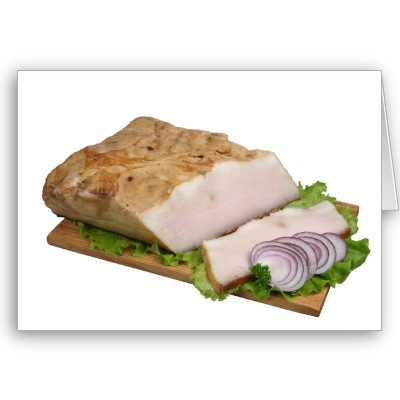Steps to Store Meat in Lard

Storing meat in lard is not that hard. You will be required to follow a few simple instructions and show patience while you are performing this task.
Of course, everyone wants to reduce their daily consumption of cholesterol and calories in today’s health conscious world. However, reducing calories and fat means that the meat you consume might not taste as good as it originally does.
Storing meat in lard is an excellent way to restore the taste of the meat. Scroll down and learn the techniques for storing meat in lard in order to restore its original taste while you keep your diet healthy as well.
Things Required:
– Lean meat
– Fatback or salt pork
– A larding needle or knife and wooden spoon
Instructions
-
1
Before doing anything else, you will need to decide if storing meat in lard is the right choice. Consuming fresh meat is the best way of gaining valuable proteins and vitamins. However, if you want to lose weight by reducing the amount of calories and fat you eat on daily basis then it is recommended to store the meat in lard.
-
2
Once you have decided to lard the meat, considering purchasing some chilled fatback or salt pork to be able to lard your meat. Chilled fatback and salt pork can be easily purchased from your local supermarket or grocery store.
-
3
It is advised to cut lengths from the pork which are the length of the meat you want to lard. If possible cut it the pork to the length of the meat plus one inch. Make sure the strips are not bigger than 1/8 inch to 1/2 inch wide. Be careful while cutting the meat and always observe the proper safety precautions while using a knife.
-
4
Next, put down the strip of pork you just cut into the grooved area of a larding needle. Make sure the fat is hanging behind the needle through a hole. This will allow you to remove fat and excess calories extremely easily.
-
5
Insert the needle gently into the meat to be larded. It is recommended to twist the needle through the piece of meat until some fat starts to come out through the opposite end of the meat. Do not forget to hold the fat with your hands while you are twisting and pulling out the needle.
-
6
This action should be performed for every 1 ½ to 2 inches across to ensure the entire piece of meat is fully covered.






